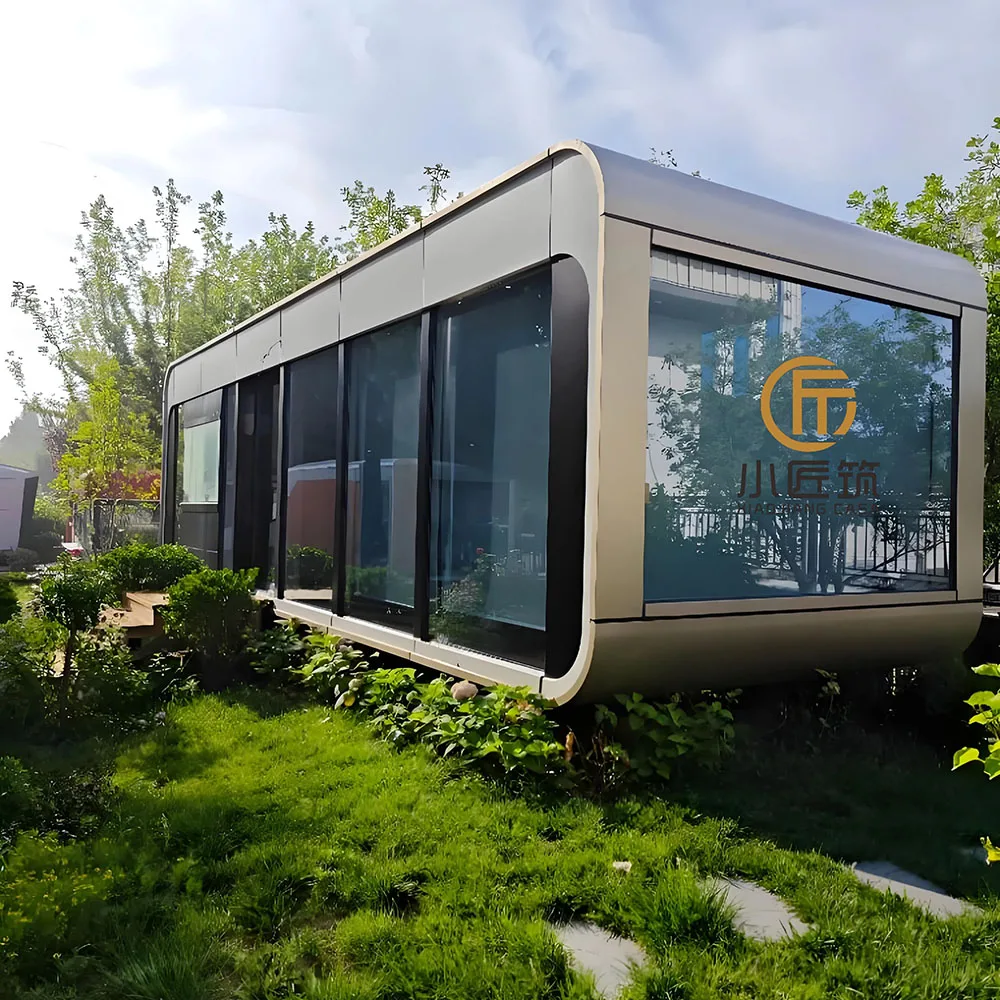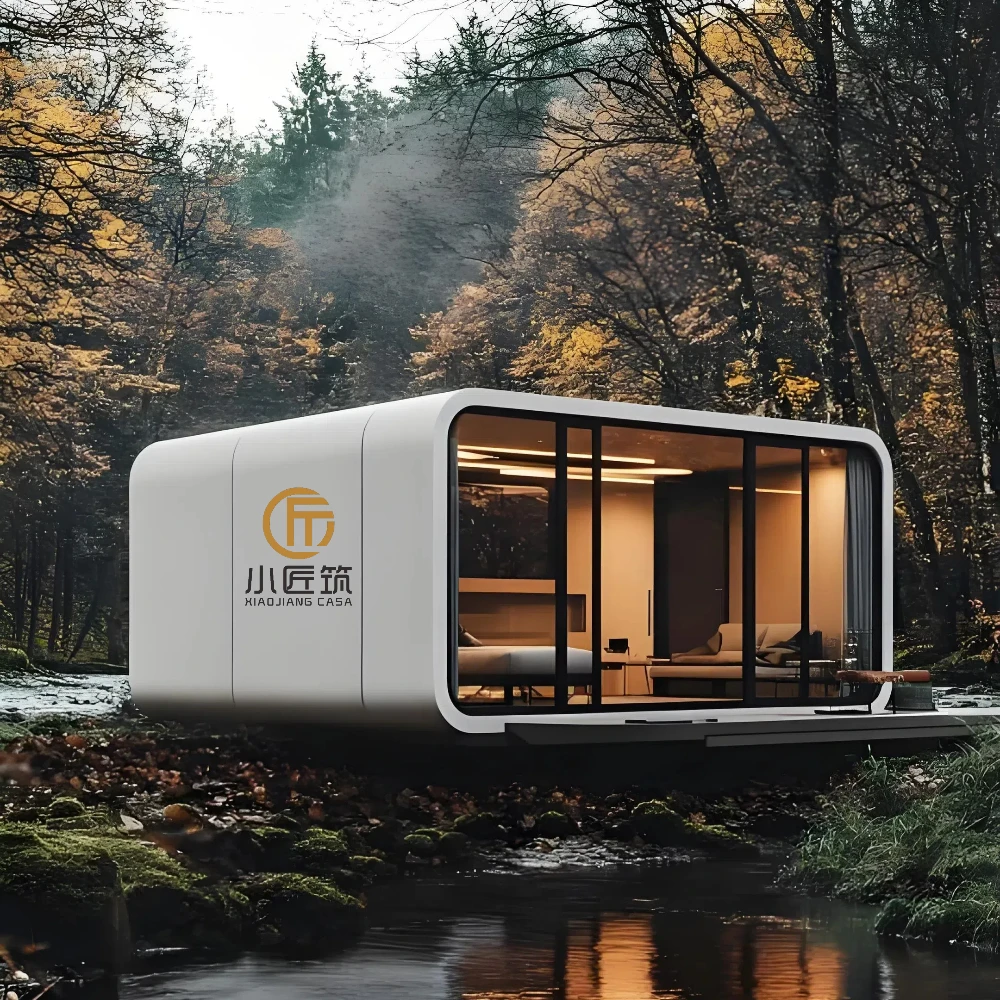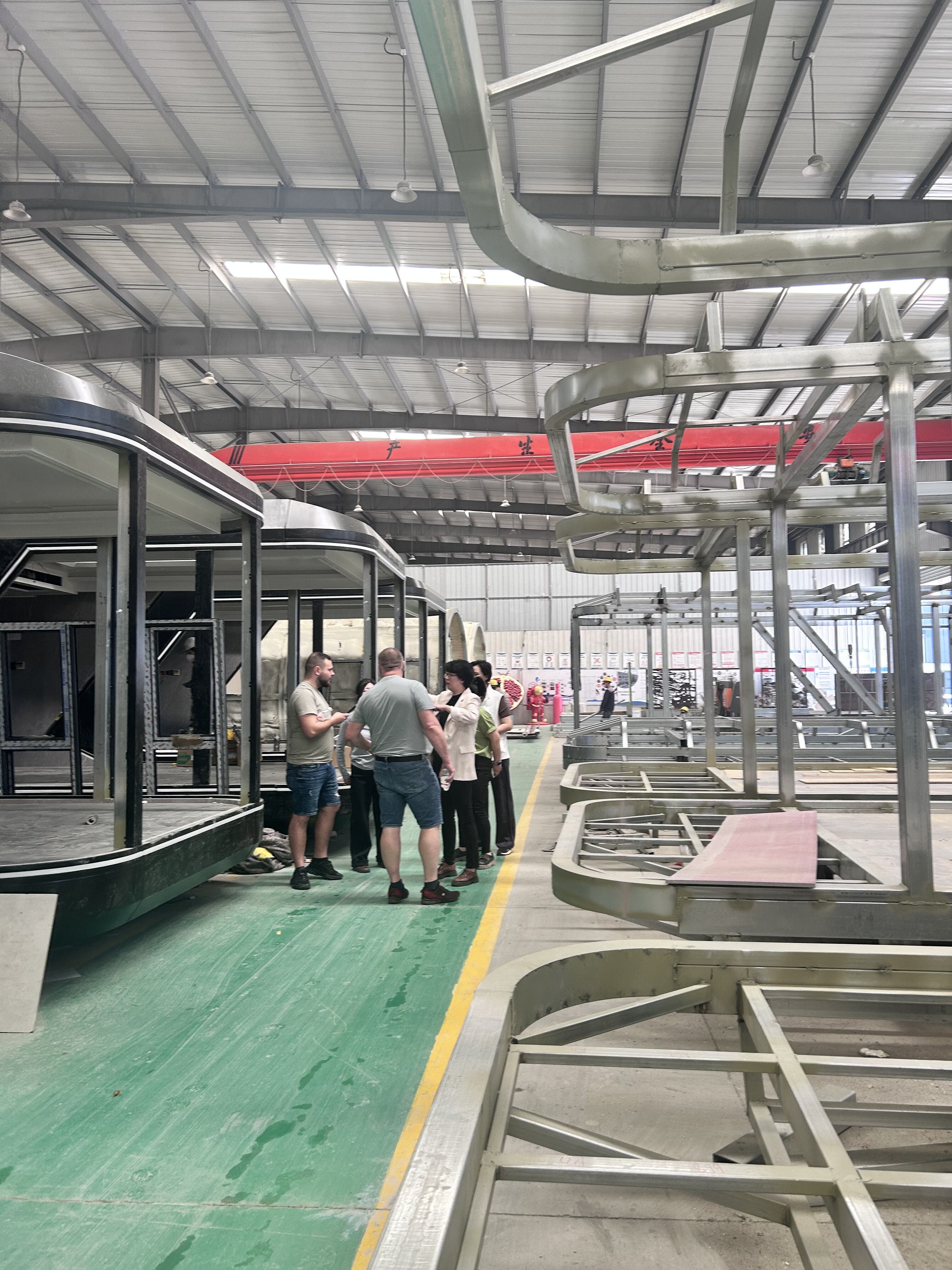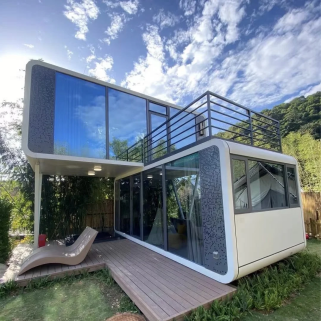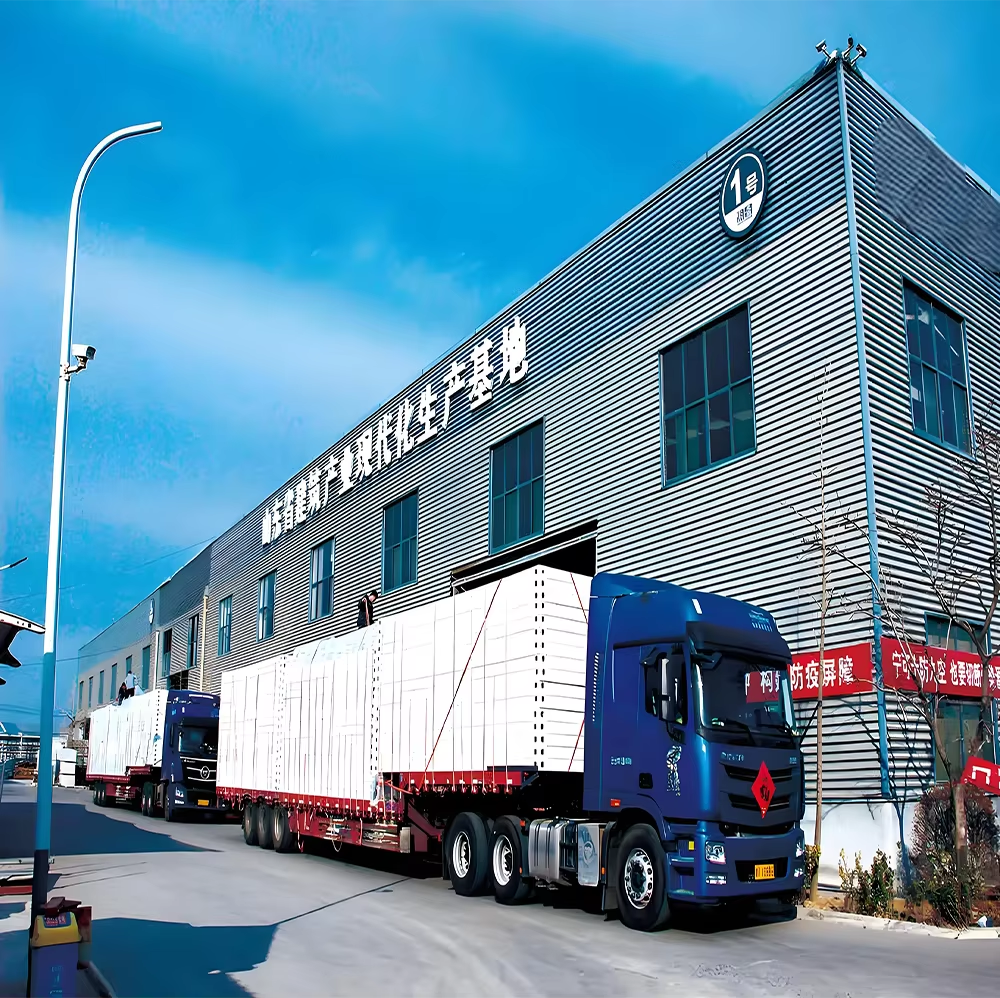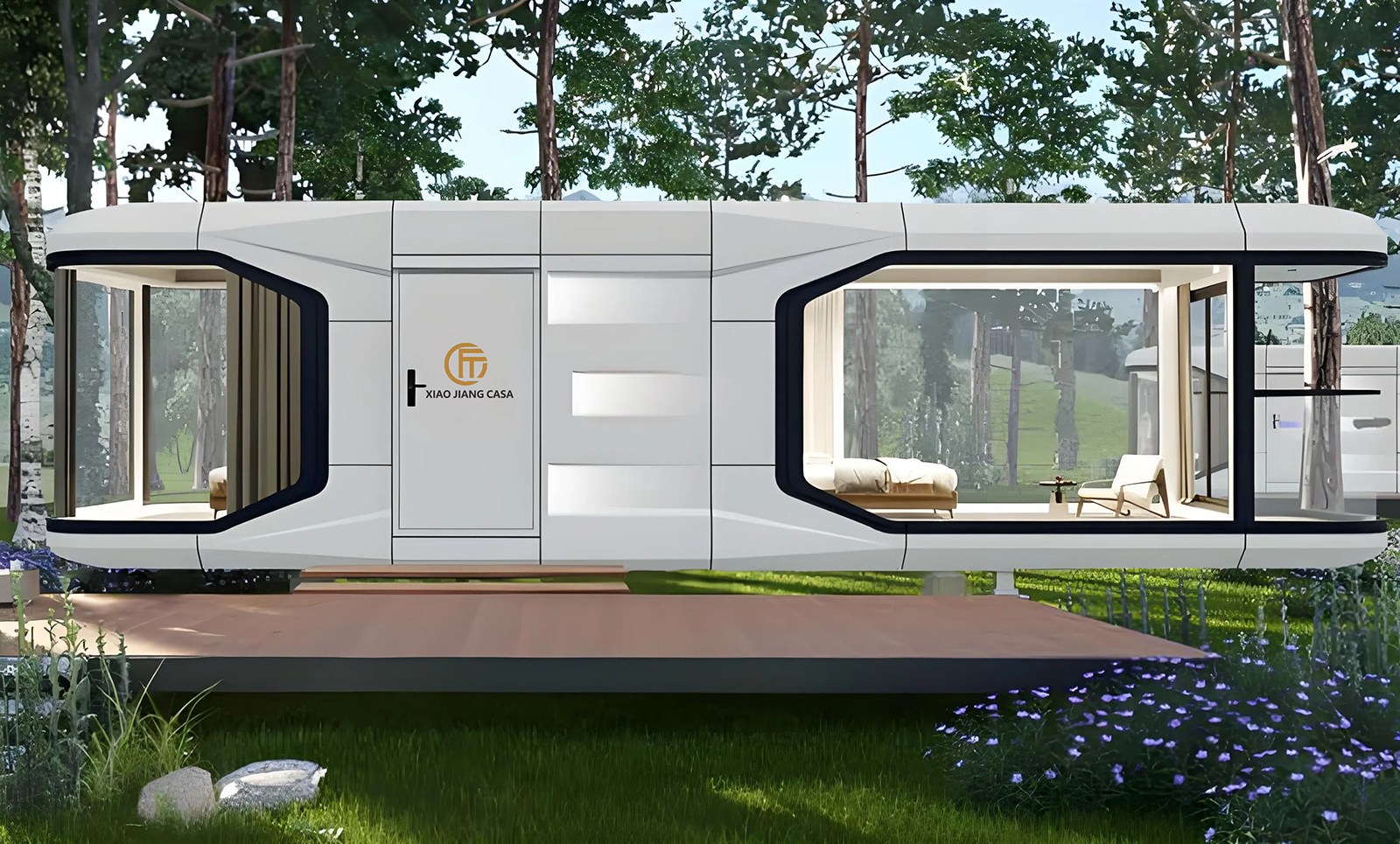The Rise of Mobile Houses in Modern Travel
Shift from Traditional Stays to Mobile Living
Fixed location vacations aren't what they used to be these days. More people are opting for mobile homes that double as their transportation. Why? Well, housing costs keep going through the roof. Take the US for example median home prices jumped around 30% from 2020 to 2023 according to the National Association of Home Builders report last year. That kind of price hike makes folks look for cheaper options when traveling. A recent market study shows something interesting too mobile houses now take up nearly two thirds of the alternative housing market in 2024. These units let people move around without sacrificing basic comforts at home. They solve two problems at once keeping expenses down while satisfying that urge to see new places all the time.
How Mobile Houses Redefine Travel Accommodation
Today's mobile living spaces come with modular designs that let people convert work areas as needed, plus they have energy saving appliances and can operate away from power grids. These aren't your regular hotels though. Travelers love being able to shape their surroundings according to what they need. A recent study found that around 8 out of 10 users feel happier when they can adjust the layout to suit them better (Mobile Living Index 2024). Most units now include solar panels on top and composting toilets too, which fits right in with the growing trend toward green travel. People get all the comforts they want while still keeping that freedom to move wherever they please.
Adoption Trends in Europe and North America
Europe leads in regulatory innovation, with 12 countries simplifying zoning laws for mobile dwellings since 2022. North America shows accelerated growth, with mobile house registrations up 41% year-over-year (2023 RV Industry Association data). Coastal regions and national park corridors dominate deployment, capitalizing on travelers’ demand for immersive natural experiences while maintaining digital connectivity.
Key Benefits of Mobile Homes for Travel and Lifestyle Flexibility
Space, Comfort, and Customization in Mobile Living
Mobile homes really focus on making the most of limited space with their modular design approach. People can customize how everything fits together so they get maximum bang for their buck while still staying comfortable. According to recent industry reports, around 78 percent of mobile home owners actually feel happier with their storage options and furniture that can change function than those stuck in regular apartments or houses. Think about it: fold down tables become desks during the day, then transform into dining spots at night. Loft beds give extra room when not needed but provide sleeping space whenever required. These kinds of features let folks adjust their living space depending on whether they need to work from home, relax after a long day, or pack the whole family in for weekend adventures something fixed housing just cant match.
Freedom and Flexibility in On-the-Go Accommodation
People who want to move around but still keep their home comforts are finding mobile homes really fit what they need these days. These homes take away the hassle of dealing with long term rentals or booking hotels every few weeks, so folks can stay longer at places like national parks, beaches, or cities rich in history and culture. The numbers tell part of the story too many owners report saving about four thousand two hundred dollars each year just by dodging those crazy price jumps that happen during peak seasons at popular spots. Plus, they get to enjoy their own stuff instead of whatever limited options hotels offer.
Digital Nomads Using Mobile Houses Across the U.S.
Remote professionals now comprise 32% of mobile home adopters, leveraging 5G connectivity and solar-powered units to work from national parks and rural communities. States like Colorado and Arizona have seen a 140% rise in mobile home registrations since 2021, driven by freelancers seeking affordable alternatives to urban coworking spaces.
Integration with Remote Work and Minimalist Lifestyles
The housing design really fits with minimalist living ideas, cutting down on stuff by around 60% when compared to regular houses. We've built in some cool technology too - things like energy tracking devices and smaller appliances that take up less space. This setup works great for people who travel a lot or work from different places while still wanting to stay productive but also care about the environment. Most folks who try this kind of life say it helps them reach their money saving targets and overall happiness goals in the long run. About nine out of ten users actually point to this mobile lifestyle as making a real difference in how they manage both finances and daily living over time.
Cost-Effectiveness of Mobile Housing vs. Hotels and Rentals
Long-Term Savings Analysis of Mobile Housing
Mobile houses offer 37—52% lower lifetime costs compared to traditional hotel-based travel. While conventional hotel stays average $150—$300/night, mobile housing reduces accommodation expenses to $50—$120/day after initial setup. Factory-built designs eliminate 20—30% of construction waste, translating to $8,400—$12,600 saved per unit (Sustainable Building Council 2024).
Upfront Investment vs. Recurring Travel Expenses
A $75,000 mobile home purchase breaks even within 18 months for frequent travelers—equivalent to 250 hotel nights in major cities. Monthly costs drop from a hotel average of $2,100 to $480—$740 for insurance, maintenance, and parking.
Case Study: Family Travelers Cutting Accommodation Costs by 60%
A Colorado-based family reduced annual lodging expenses from $34,000 to $13,600 by switching to a solar-equipped mobile unit. Their custom configuration includes convertible workspaces and onboard laundry—features rarely available in short-term rentals.
Budgeting Strategies for a Mobile House Lifestyle
- Location Rotation: Station in low-cost municipalities 60—90 days to avoid transient taxes
- Energy Prioritization: Invest $3,200—$5,800 upfront in solar/battery systems to eliminate utility bills
- Modular Upgrades: Add removable storage units ($1,100—$2,500) instead of permanent expansions
This financial model proves particularly effective for travelers visiting four or more destinations annually, with savings accelerating significantly starting in Year 2.
Mobile Houses as a Sustainable Travel Innovation
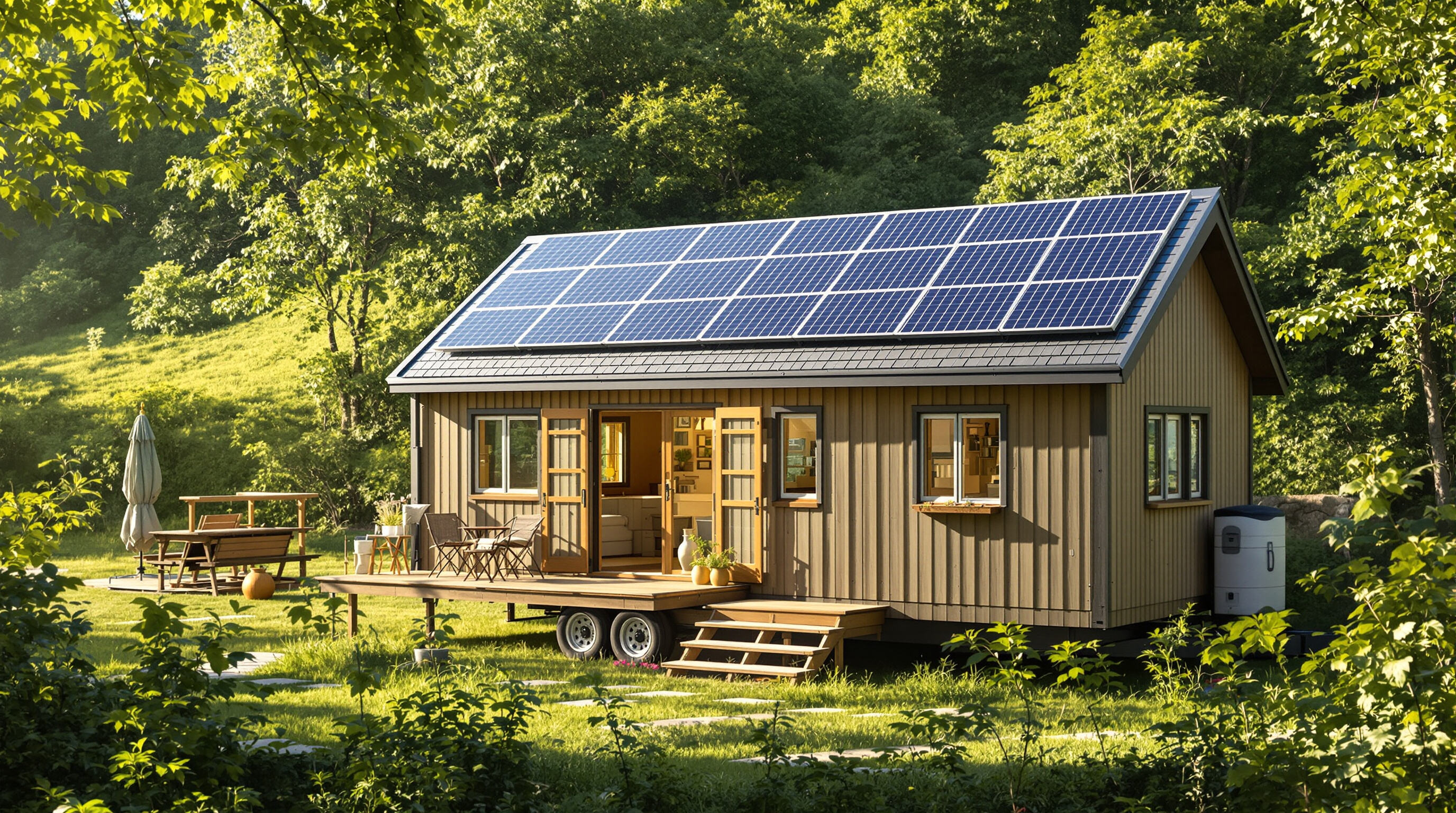
Eco-Friendly Design Features in Modern Mobile Houses
These days, mobile homes are getting greener thanks to their focus on light weight materials made from recycled stuff and layouts that save energy. Most big name builders have switched to using modular aluminum frames which can be recycled about 73% of the time, along with insulation that doesn't release harmful chemicals. According to research published last year by the Green Building Council, building these kinds of homes actually produces around 42 percent fewer carbon emissions compared to regular vacation houses during construction. The way windows are placed strategically combined with designs that take advantage of sunlight naturally cuts down on energy consumption throughout the year by somewhere between 30 to 35 percent.
Reduced Carbon Footprint Compared to Air Travel and Urban Hotels
Mobile living promotes slow tourism and drastically lowers emissions. Data from Sustainable Travel International (2024) reveals:
| Accommodation Type | COâ‚‚ per Night | Land Use Impact |
|---|---|---|
| Urban Hotel | 18 kg | 85 m² |
| Mobile House | 4 kg | 6 m² |
Families using mobile houses for cross-country trips reduce their carbon footprint by 67% compared to equivalent air-and-hotel itineraries, while supporting regenerative tourism initiatives.
Solar-Powered and Off-Grid Mobile Living Units
More than half (around 58%) of the newest mobile homes come equipped with solar panels that generate between 4 to 12 kilowatt hours each day. This amount is sufficient to run basic appliances, keep things warm inside, and even charge electric vehicles. Some top tier models combine high efficiency lithium batteries (about 98% efficient) alongside systems for collecting rainwater, allowing them to function without grid connection for well over two weeks straight. Tests conducted in the harsh climate of Norway's Arctic Circle showed something remarkable too. These mobile units managed to hold steady indoor temperatures around 19 degrees Celsius when outside temps dropped as low as minus 20 degrees Celsius. All this was achieved with just 500 watts worth of solar energy coming in. What does this mean? Sustainable living on wheels doesn't have to sacrifice creature comforts after all.
Challenges and Future Outlook for Mobile Living
Zoning Laws and Parking Restrictions in Popular Destinations
Local regulations remain a primary obstacle, with 68% of mobile house owners reporting zoning conflicts in tourist areas (2023 market analysis). Coastal cities like Barcelona enforce strict seasonal bans on overnight parking, while 42% of U.S. national park-adjacent counties prohibit mobile living setups entirely.
Balancing Demand Growth with Legal and Regulatory Limitations
The surge in adoption clashes with outdated classification systems—43% of U.S. states still define these structures as "temporary dwellings," complicating insurance and tax requirements. Germany's 2024 Mobile Living Act demonstrates how updated regulations can balance tourism growth with community infrastructure needs.
Emerging Potential for Mobile Living in India
Urban centers like Delhi and Mumbai show 22% annual growth in mobile home registrations since 2021. Compact designs optimized for narrow roadways and limited parking are gaining traction among young professionals and disaster relief organizations.
Future Outlook: Can Global Markets Fully Embrace Mobile Housing?
Industry projections suggest 8.2% annual market growth through 2033 as remote work policies and urban housing shortages drive innovation. Critical steps include establishing international safety standards and creating designated mobile living zones near economic hubs.
Frequently Asked Questions
What are the benefits of mobile houses compared to traditional housing?
Mobile houses offer cost-effectiveness, flexibility in location, and an eco-friendly design. They are customizable and often equipped with energy-saving features, making them ideal for travelers and digital nomads.
How do mobile homes contribute to sustainable living?
Mobile homes often use lightweight, recycled materials and are designed to minimize energy consumption. Many come with solar panels and off-grid capabilities, reducing their overall carbon footprint.
What are the challenges of living in a mobile house?
Some challenges include zoning laws, parking restrictions, and legal classifications. Mobile house owners often face regulatory hurdles that vary by region.
Are mobile homes cost-effective for long-term travel?
Yes, they offer long-term savings compared to hotel stays and rentals. The initial investment can be recouped within months, especially for frequent travelers.


